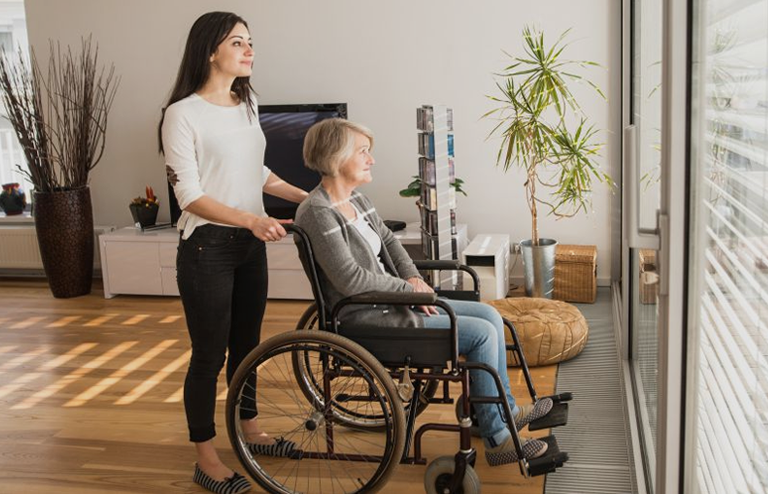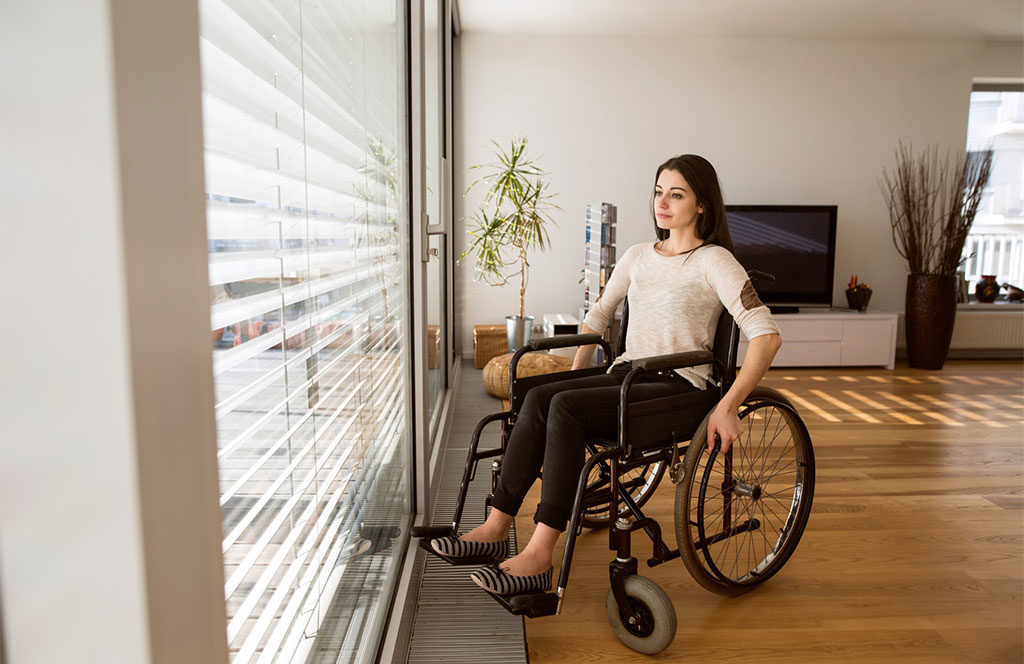Paralysis Patient Care
Caring for a paralysis patient at home requires a personalized care plan that is tailored to the patient’s unique needs. This includes developing a customized schedule for medications, physical therapy, and other necessary treatments. Coordination with healthcare professionals, such as physicians, physical and occupational therapists, and dietitians, is crucial in creating an effective care plan that addresses the patient’s specific condition and requirements. Paralysis patients may require assistance with mobility, such as transferring to and from a wheelchair, helping with exercises to maintain muscle strength, and ensuring proper positioning to prevent pressure sores. Modifying the home environment to ensure safety, such as installing grab bars and removing obstacles, is essential to prevent falls and accidents. Caregivers should also work with healthcare professionals to explore assistive devices and technologies that can improve mobility and independence for the patient.

Challenge
Coping with paralysis can be emotionally challenging for both the patient and caregivers. Providing emotional support by actively listening, engaging in activities the patient enjoys, and creating a nurturing environment at home is important for the patient’s emotional well-being. Caregivers should also find alternative communication methods, such as using communication boards or assistive devices, to help the patient express their needs and preferences, if speech is affected.




Results
providing comprehensive care for paralysis patients at home involves developing a personalized care plan, assisting with mobility and ensuring safety, and providing emotional support and communication. Working closely with healthcare professionals, caregivers can create a supportive and safe environment that improves the quality of life for paralysis patients in the comfort of their own home.
- Enhanced Comfort and Familiarity
- Customized Care and Personalization
- Cost-Effective and Convenient
